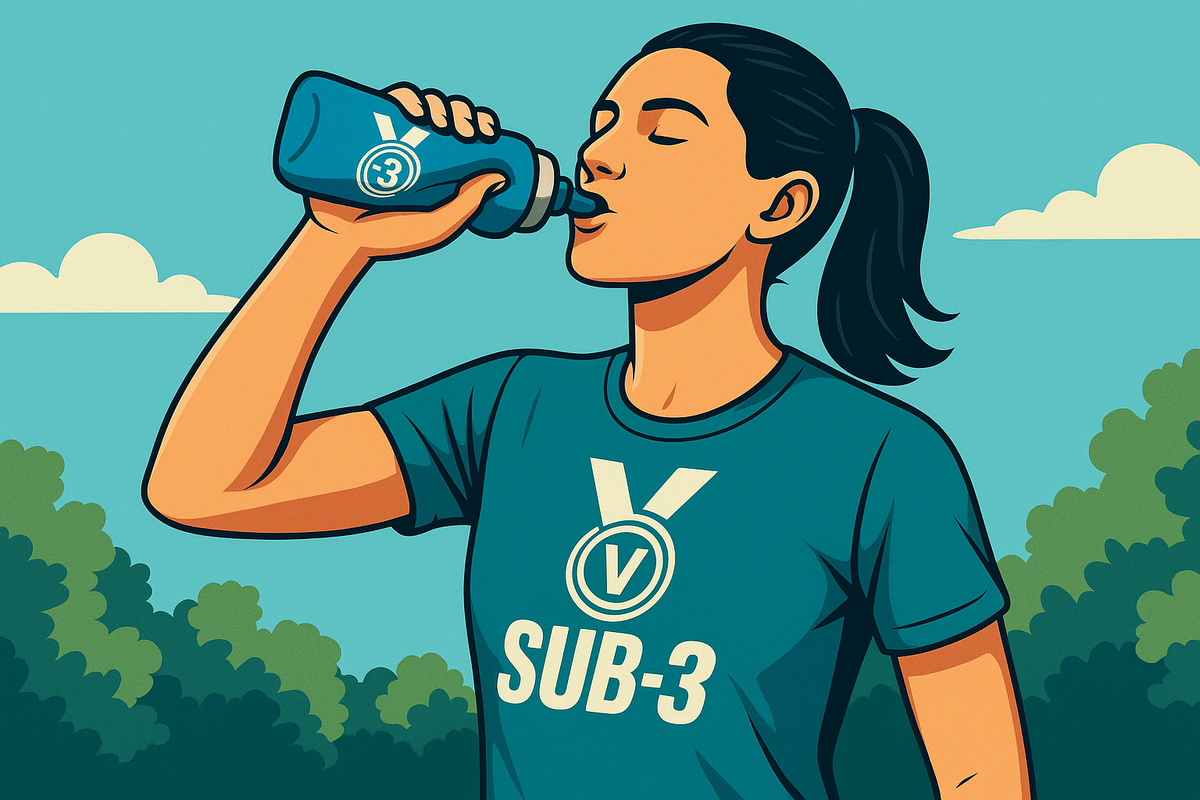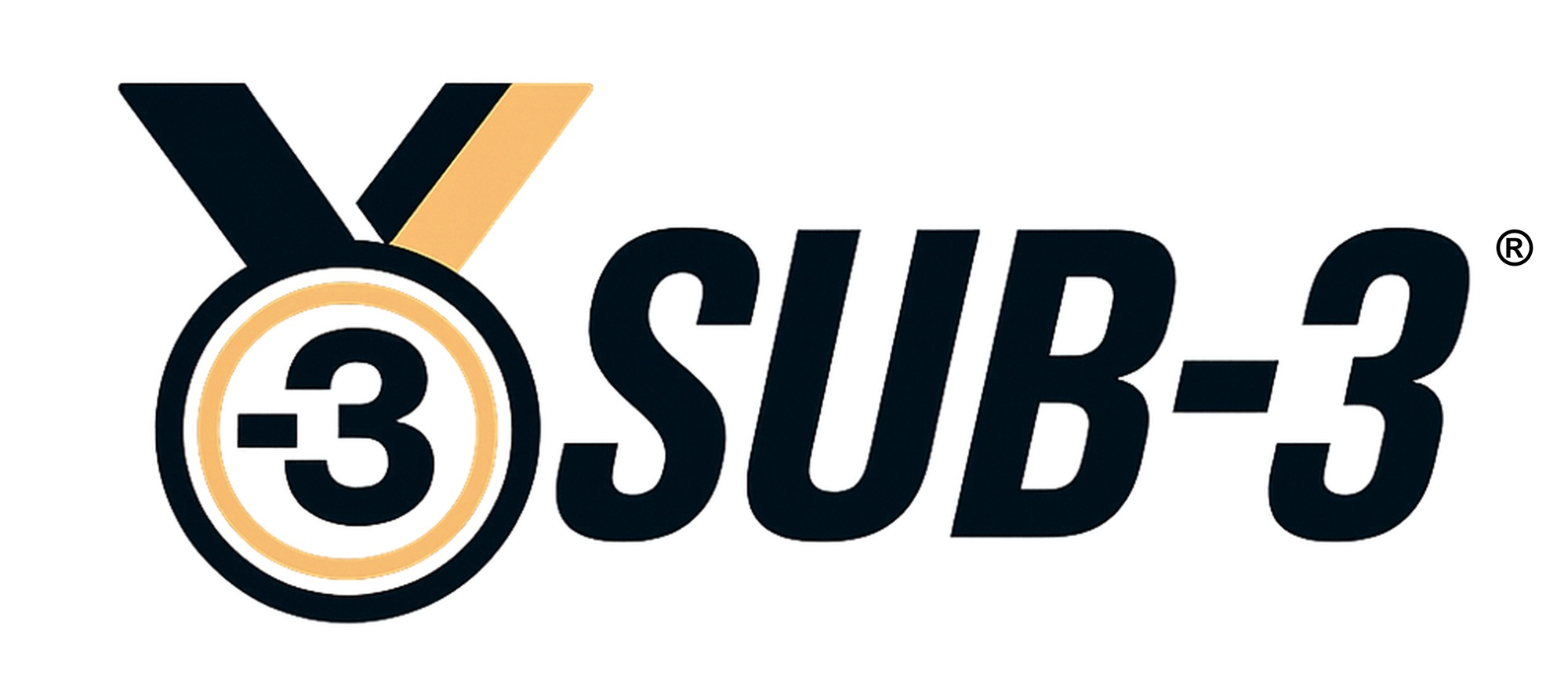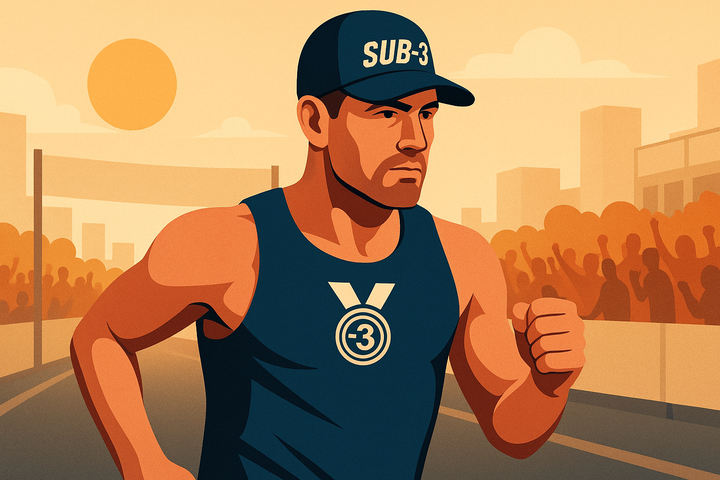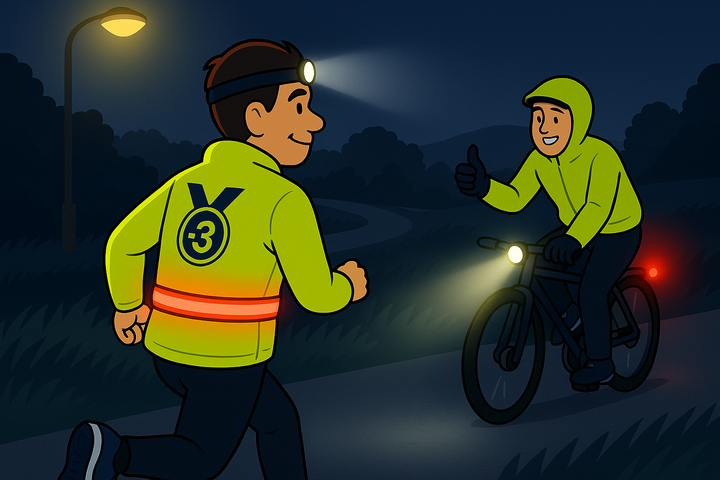Why every sub-3 runner should own a soft flask
From better fuelling to fewer mid-run disasters, here’s why a soft flask might be the smartest bit of kit in your sub-3 arsenal.

With the exception of fast 5Ks and track intervals, I almost never head out for a run without a soft flask. Often, I carry two. Mine are made by Salomon (250ml) - durable, grippy and low-profile - but plenty of other good options exist. I keep them strapped to my waist with an Ultra belt by Camelbak, and I barely notice they’re there.
It wasn’t always this way. For years, I’d stash bottles on routes, stop at shops or - in my more reckless days -run long distances with no water at all. I even dabbled with the school of thought that views going without hydration as a badge of toughness, a way of building resilience. I now consider that a mistake.
You don’t need to be Bear Grylls to know survival rule number one: find a water source. That holds even more when running. In moderate temperatures, the body can easily sweat out half a litre or more per hour—and once you drift into dehydration, performance deteriorates fast.
Which is why I’ve come to consider the humble soft flask one of the best bits of running kit I own. Modestly priced, endlessly useful and surprisingly unobtrusive, it’s earned a permanent place on my training belt.
Here are ten reasons I think every serious runner - especially those chasing sub-3 - should carry one.
1. You’re never caught short for water
Dehydration rarely hits like a hammer. It creeps up. You only realise it’s a problem once it already is. Having fluid on you, even in small amounts, keeps you one step ahead of the issue.
2. It fits snugly - no bounce, no slosh
Paired with a good running belt, a 250ml soft flask wraps comfortably around your waist and stays in place. You won’t feel it shifting, bouncing or jabbing into your ribs. Get used to it and you’ll forget it’s even there.
3. In shorter races, you skip water stations
Carrying your own hydration in a 10K or half-marathon means you don’t need to veer across the road, fumble for a paper cup or risk missing a station. You can glide straight through and gain ground on runners who slow or swerve.
4. The weight is negligible—and gets lighter
When full, a 250ml flask weighs about the same as a small banana. Once you’re used to it, you’ll barely notice. And it only gets lighter as you sip. By the time you’re at mile 20, it’ll be featherweight.
5. You drink when you want - not when you’re told
There’s no waiting for mile markers or volunteers. It slips out easily from a running belt, especially with practice, and you can take small, regular sips whenever you feel the need, avoiding the peaks and troughs that come with gulping down water every few miles.
6. It gives you freedom with fuelling too
I often decant three gels into a 150ml flask ahead of a marathon. Add a little water, shake, and you’ve got a liquid gel blend you can sip at will. No need to rip, squeeze or litter the course with wrappers. It also reduces gut shock by spreading your intake out more evenly.
7. No spillage, no waste
Anyone who’s ever tried drinking from a sloshing cup mid-race knows the feeling - half of it on your chin, the rest down your vest. A soft flask eliminates that. Squeeze gently and you get exactly what you need.
8. You control exactly what’s inside
Race-day hydration is often dictated by sponsors. You might find yourself handed unfamiliar energy drinks or gels that break the golden rule: nothing new on race day. A soft flask lets you stick to what you know and trust.
9. They’re robust - and last for years
Unlike rigid bottles that crack or split, soft flasks are designed to endure. Mine have been used almost daily for several years and show no signs of giving up. Just avoid dropping in peppermint oil to the water - it’s one flavour that lingers.
10. They’re cheap and easy to clean
At around £10-20 each, they’re one of the most cost-effective upgrades you can make. A rinse with warm soapy water is usually enough and most don’t retain flavour for long. With a rotation of two or three, you’re sorted for years.
There’s something oddly reassuring about heading out on a hot day or into a long session with a flask tucked quietly by your side. You know you’re covered. It’s one less thing to worry about. And in the pursuit of sub-3, that kind of calm confidence matters more than it might seem.
Enjoyed this article? Help keep Sub-3 running — support us with a coffee.
To help fund the running of the site, Sub-3 is an Amazon Associate and earns from qualifying purchases. We only recommend gear or kit that has genuinely helped in our own running and that we believe is worth considering.



